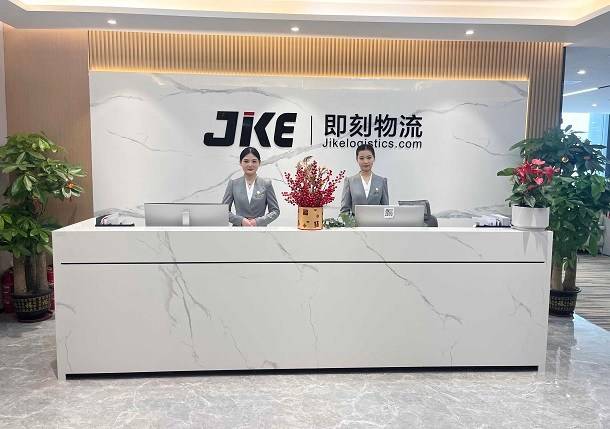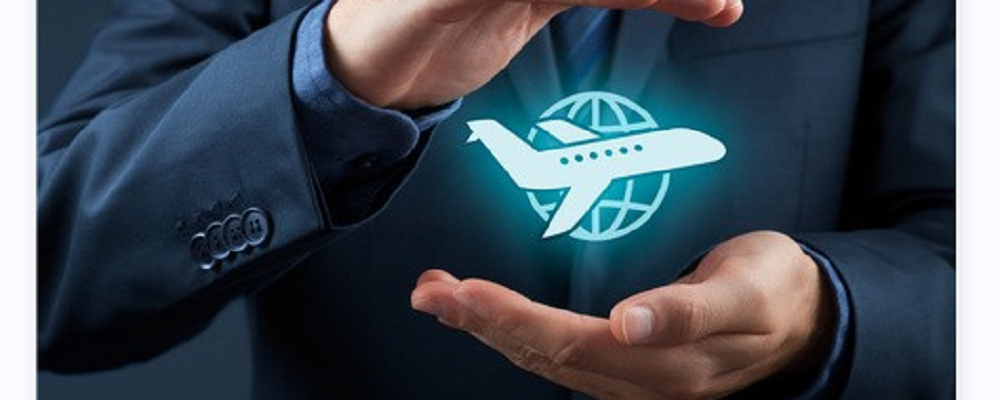2024-06-27
With the deepening of globalization, China has become one of the world's largest car manufacturers. Its advanced manufacturing technology and diverse model choices have captured the attention of buyers worldwide. As a freight forwarder, I understand the importance of knowing how to import cars from China. This knowledge helps me serve my clients better and significantly improves business efficiency. In this article, I will share the complete process of importing cars from China, including the necessary documentation, transportation methods, customs clearance procedures, and solutions to common issues.
Whether you are a business looking to expand your car dealership or an individual passionate about importing high-performance vehicles, this guide will provide valuable insights. Let's explore every crucial step and uncover the mysteries of importing cars from China together.
Importing a car from China involves several factors that can affect the total cost. Different destination countries have varying import duties, ranging from 0% to 100%, plus local value-added tax, depending on the vehicle's value and other import standards.
Main Cost Factors:
These costs will vary based on your vehicle's specifics and required services. Understanding these factors can help you better prepare for importing your car and ensure a smoother process.
| Whatsapp - Online Customer Service and Shipping Quote |
These estimated times cover typical transportation and processing periods, but actual times can vary due to customs efficiency, port congestion, and shipping schedules. Click the button below to contact us for more accurate information.
| Get a Quote in importing cars from China |
Importing a car requires preparing and submitting several documents to comply with both the exporting and importing countries' laws and regulations. Here are the main documents typically required when you import cars from China:
The documents required may vary depending on the country and type of vehicle being imported. Therefore, consulting with us before importing is advisable to ensure all necessary documents are prepared for a smooth import process.

The most efficient way to transport non-operational vehicles to their destination is through shared container services. This method is ideal for securing non-operational vehicles or forklift units in containers for transport. Another option is roll-on/roll-off (RORO) services, though not all export ports offer these services.
| Contact Jike for container shipping from China |
| Contact Jike for RORO shipping from China |
Many vehicles are rejected at U.S. ports when using RORO services due to poor conditions. To ensure a smooth booking process, it is crucial to accurately report the vehicle's condition—whether it is operational (driving and steering), requires towing (non-operational towing), needs forklift assistance (non-operational forklift), or is flood-damaged (water-damaged vehicles). Emphasizing the actual condition of the vehicle rather than the condition of the auction report is essential.
Owners or buyers must understand that they are fully responsible for any costs incurred during transportation. Providing detailed and accurate information about the vehicle helps facilitate smoother transport operations and avoids unnecessary delays and costs.
Transporting non-operational vehicles through ship-towing services requires adherence to several key conditions to ensure safety and compliance. These vehicles, although non-operational, must still meet specific standards to qualify for transport:
If the vehicle does not meet the above conditions, it will be considered for forklift service. Whether a vehicle requires towing service or forklift service will be determined by the port authority of the port receiving the vehicle. Flooded vehicles are also considered forklift service units if they can be driven and driven.
Although vehicles are listed as "operational" on auction sites, transporters often encounter vehicles with significant issues upon pickup. These discrepancies highlight the importance of accurately assessing the vehicle's condition to determine the appropriate transport method.
If your vehicle has at least one of the following issues, forklift services are required:
When requesting a booking, it is crucial to accurately report the vehicle's condition. Transporters charge detention fees for waiting at the port, and shipping lines sometimes take up to two hours to update bookings from operational to non-operational or from non-operational to forklift services. When this happens, the shipping line must update the booking in their system and notify the terminal of such changes while the driver waits at the port.

While importing cars from China may seem daunting, the process can be simplified and stress-free if you choose JIKEship as your shipping partner. We are familiar with the fundamental aspects of car shipping and are recognized as a reliable freight forwarder by hundreds of businesses. Choosing us ensures a seamless transition, turning a complex task into a straightforward, efficient experience.
| Contact Jike for shipping importing cars from China |
| Whatsapp - Online Customer Service and Shipping Quote |

Master Bill of Lading VS. House Bill of Lading: What are the differences between these two bills? Learn about their purposes and functionalities.
2023-05-19

This article provides a guide to international cargo insurance for cargo owners to help them choose the right insurance plan.
2023-04-24

This article explores the state of shipping in 2023, analyzes the causes, effects and solutions to transportation delays, and provides answers to FAQ.
2023-05-05
We use third-party cookies in order to personalise your experience.
Read our cookie policy